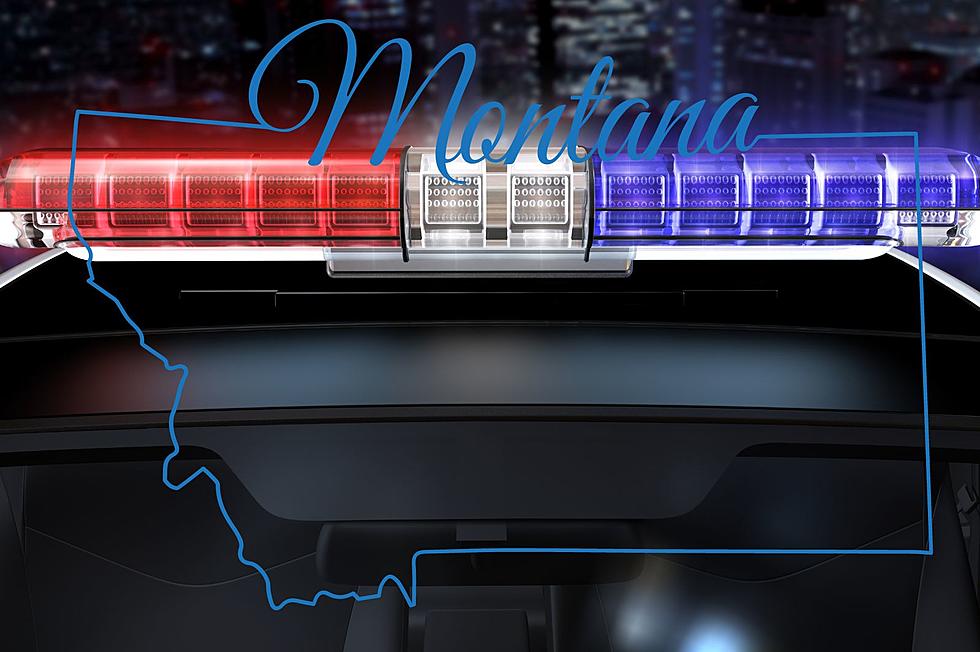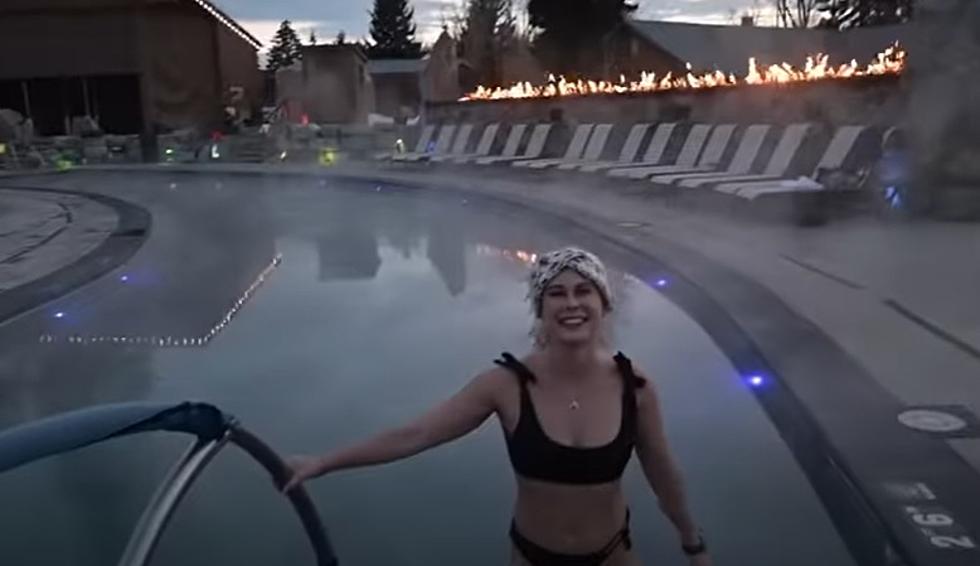
The Police Have a New Crime Fighting Tool
Over the past year I’ve written several blog posts that deal with “unintended consequences.” Most of those have been focused on the negative side of the ledger. But not all unintended consequences are bad. And I’m very happy when I come across one that was truly unintended but still creates some good in the community.
Privacy vs. Crime Prevention
What’s this miraculous new crime fighting tool? Social media. Facebook, Twitter and YouTube are the newest crime fighting tools in the police arsenal. Police are monitoring bad people who are posting, and in some cases boasting, on their social media pages about committing crimes.
There is no question that the news has been filled with social media privacy issues in the past couple of years. Are you protected by what you post on social media sites, or are you hung out to dry? Schools are experiencing a major problem with online bullying. Parents caution their kids about giving too much information to people they met online but don’t actually know.
How Are Police Protecting You Online?
Currently approximately 80% of police agencies are using social media in the investigation of crimes. The most common uses are identifying people and locations, gathering evidence, discovering criminal activity and/or locations of crimes, community outreach, asking the public for tips or information, notifying the public about crime or perpetrators, and recruitment. There are little or no privacy rights extended to persons of interest, or suspects, online.
The most used social media sites are Facebook, Twitter and YouTube. Sixty-seven percent of law enforcement believes that the use of social media helps them solve crimes. Eighty-seven percent of search warrants, using social media info to establish probable cause, are upheld in court. In the future social media laws and the police will come in conflict concerning what the police can and cannot do. I can envision the courts having a whole new category of lawsuits against either people or social media web sites.
How Do Police Conduct Social Media Training?
Formal education across the country in social media crime solving is still in its infancy. Only 10% of law enforcement has had any formal training in the uses of social media for investigations. But that should change as more and more people begin using social media. Facebook recently surpassed the one billion mark in active users worldwide. So look for international cartels and terrorists to be brought to justice in the coming years. You can’t hide from social media.
About 50% of law enforcement personnel spend some time on social media each week looking for information about crimes. Eighty percent consider themselves “self taught” in the use of social media for criminal investigation.
Some Final Thoughts
In the 2011 Stanley Cup riots in Vancouver, BC the police posted over 100 rioters on social media sites resulting in the immediate identification and arrest of 30 persons involved. Seventy-one percent of state agencies, 82% of local agencies and 81% of federal agencies are using social media to solve crimes in some fashion.
Looking at the nation as a whole use of social media is determined mostly by population density. Eighty-nine percent of law enforcement agencies using social media in their investigations are located in the northeast, 83% in the upper Midwest, and 81% in the west, followed by 77% in the south. So if you do the crime think twice before you post. You might be issued a number instead of a user name.
More From KMMS-KPRK 1450 AM






![[PHOTOS] Dead Grizzly Bear in Yellowstone Goes Viral on Facebook](http://townsquare.media/site/15/files/2023/05/attachment-Yellowstone-National-Park-Sign.jpg?w=980&q=75)


